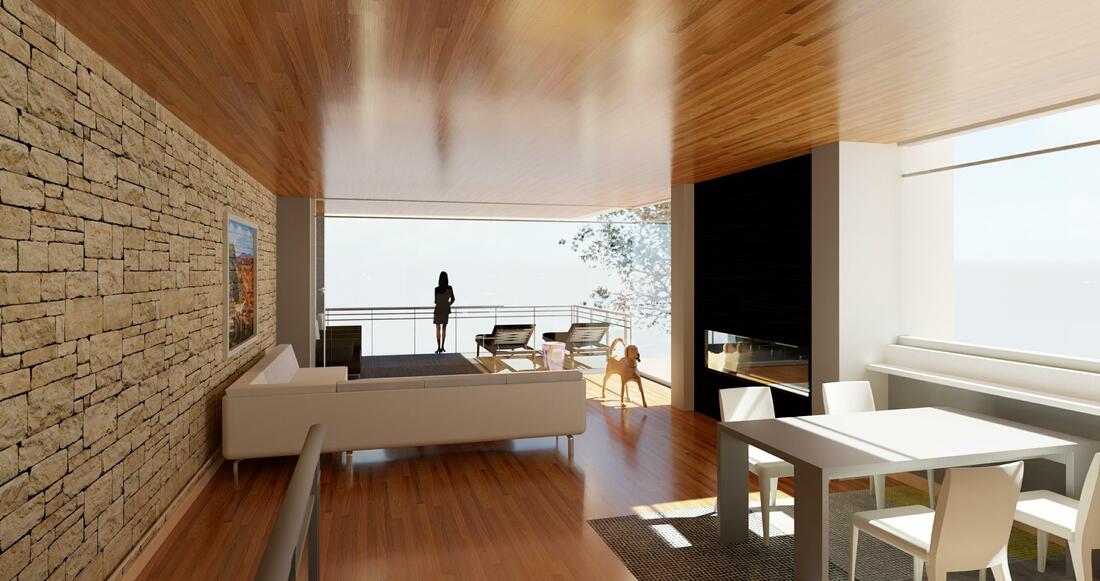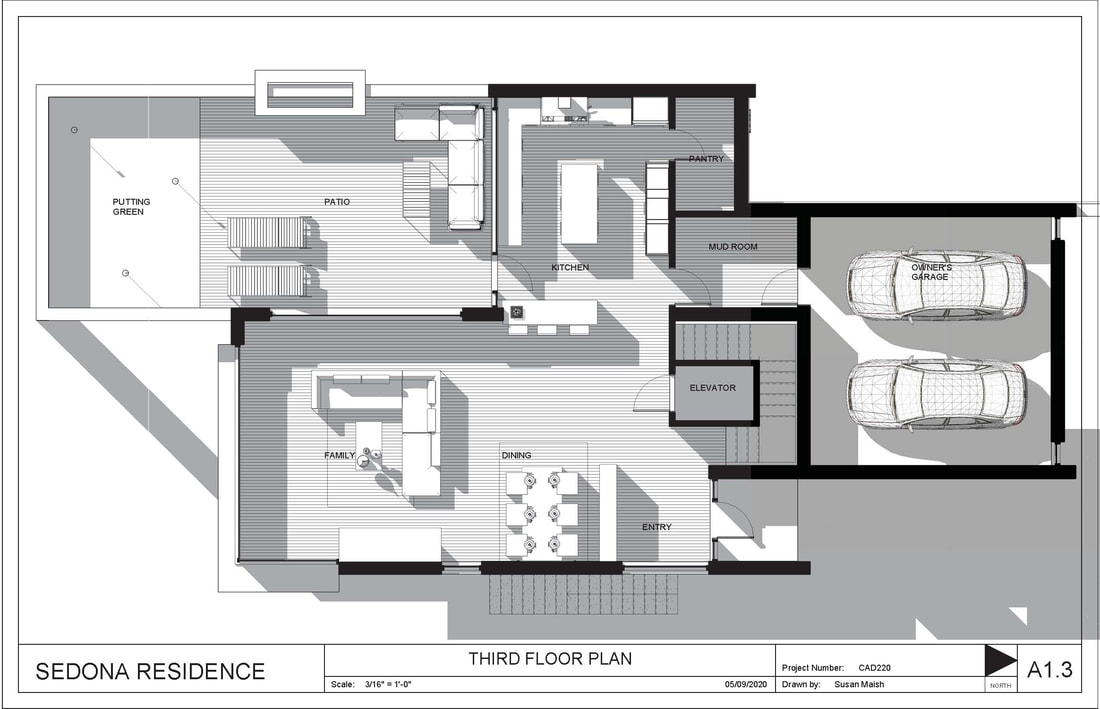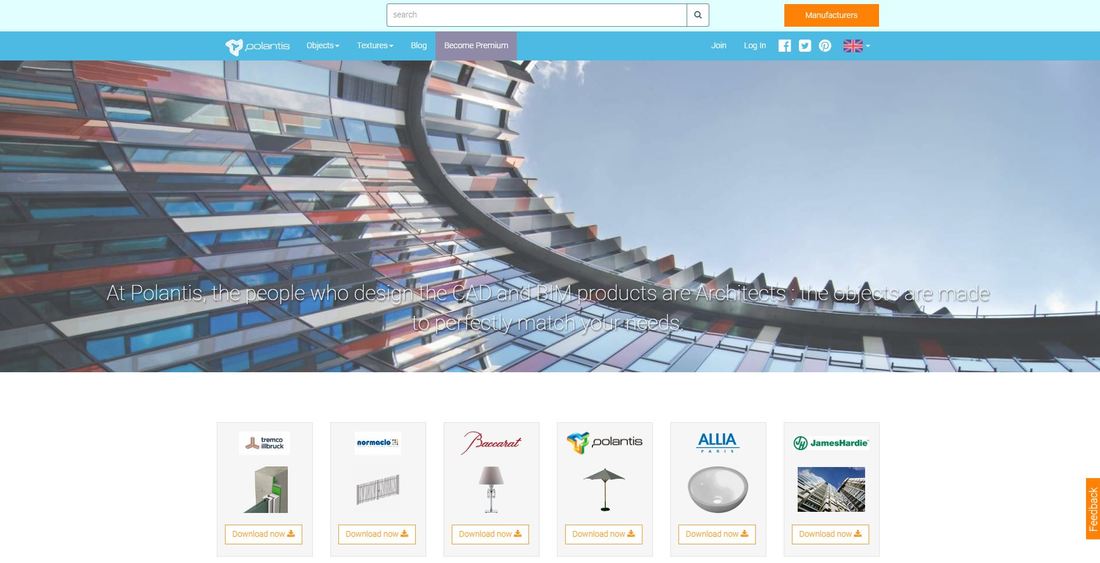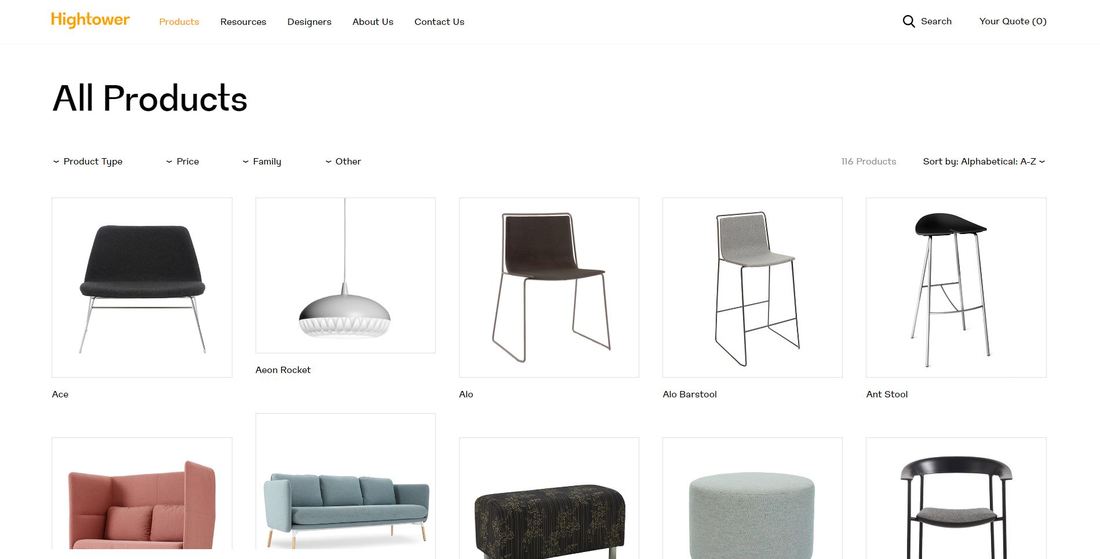|
Here’s a question I’m frequently asked. I thought I would create a blog about it using a recent ‘Revit for Interior Designers’ email and share my reply regarding the merits of Autodesk Revit as compared to the use of other Autodesk products (Autocad and 3D Studio Max) and Trimble’s SketchUp. These are the software applications most frequently used in the architecture and interior design world, but how does Autodesk Revit fit into the mix? I’m interested in taking your Revit training. I’m an interior designer using Autocad and 3DMax. I’m looking for work and it seems a lot of offices use REVIT. Can you tell me what’s the difference between using revit and what I’m already using? (Autocad and 3DMax) Revit is similar to parametric modeling programs like 3ds Max, not 2D drafting programs like Autocad. Although Autocad does include some 3D modeling tools, they are not parametric. This means that there are menus that record all information (parameters) of a given 3D model (i.e. height of a wall and its materials to name a few). This information can be retrieved and quickly changed without having to erase the original model. The biggest difference is that Revit is programmed exclusively for creating buildings, therefore all of the tools create building objects (walls, windows, and doors) not generic objects (polygons, plines, rectangles) like 3ds Max, Autocad and SketchUp, etc. Try it for yourself here: students.autodesk.com Does Revit make renderings as realistic as 3DMax? Revit does create some good renderings, this comes with practice like any other program, however Revit does not include many of the special effects and modifiers available in 3ds Max. Max also has a better camera for creating perspective views. Register yourself on the https://gallery.autodesk.com/a360rendering website and review some of the gallery samples of Revit renderings. Once registered, you can send Revit rendering projects to the Autodesk cloud using credits and it no longer requires your computer to process the images. To my understanding Revit is similar to SketchUp for getting 2D drawings that you can use for presentation. Revit is vastly more sophisticated than SketchUp when generating 2D images and produces superior results (plans, sections, elevations, RCP, etc). These types of 2D drawings are created automatically. Basically, everything is created as a 3D model in Revit and 2D drawings are generated automatically as a result. I believe the process of using Revit actually makes you a better designer as you have to constantly test the result of your designs three-dimensionally. Why is this software so popular?
Revit has been around for a while, originally released in 2000. Revit includes some of the best features of programs like Autocad, SketchUp, and 3d Studio Max and combines all into a single program that is intended to create architectural projects only. Sort of a 'one size fits all' approach. It also includes commands that reflect the type of 3D models you are creating with simple to understand tools like floor, ceiling, and roof instead esoteric commands found in most CAD software applications (Does anybody know what an Editable Mesh is?) In addition, it has an extensive database that manages all of the building data therefore lighting studies, schedules, takeoffs, square footage calculations are automatically generated. The expectation is that Revit (can, should or will) ultimately replace most of these programs for anyone in the architectural community, therefore many firms are migrating to Autodesk Revit upon realizing its potential. Is this software mostly used for commercial design? Retail, hospitality, and restaurant design? Is it also used in residential and furniture design? This program is used by any interior design firm creating projects of any type of design. I believe commercial companies were among the first to adopt the software. It also includes capabilities for other disciplines like Structural and MEP (Mechanical, Electrical and Plumbing) engineers, all within the same program while producing files that can be shared between each of these disciplines and interior designers. Coordination becomes much easier with a shared model. Although it can create 3D models of furniture design, I find 3D Studio Max a better solution for creating those types of objects. Almost 100% of the 3D furniture models for photorealistic renderings at my office are created in 3ds Max (see more here: http://bit.ly/AnimatedVisionRenderings). Sorry about all these questions, for me it’s a big investment since I am out of work presently. I want to work in a professional office and have the right tools to be hired. Let's consider where the market is headed. I started teaching Revit at my previous college’s interior design department about 10+ years ago. This was due to the demand the school was receiving from professional firms for this type of expertise. I live in a large, metropolitan area with design firms competing locally, nationally and internationally. I currently teach construction documents and digital media classes at another interior architecture college (both classes use Revit). In my free time (lol), I also teach at a local community college which delivers three courses of Autodesk Revit, from beginner through advance levels. Then there's that 'Revit for Interior Designers' introductory course I offer. My students have included college students as well as professional architects, interior designers, MEP engineers, civil engineers and GIS specialists. Before my time at these latter institutions, they both were teaching the software for many years. Believe me when I say the demand is there and growing. I hope this answers any of your questions, but feel free to send more. John Manfredy My Revit for Interior Design students routinely ask me for a list of websites containing 3D models for use in their projects. These can be furniture, accessories, interior decor, etc. The work required to create these 3D models is usually a big time commitment, therefore finding manufacturers that provide these assets online saves a huge amount of time. Besides, manufacturer's 3D models are usually much more accurate than user-generated models like those found on revitcity.com, 3dwarehouse.sketchup.com, etc. Why bother having students create these models when professional 3D companies like Animatedvision.com routinely create these types of accurate 3D furniture models for a variety of furniture manufacturers. I am also very impressed by smaller furniture manufacturers that are finally stepping it up and providing their 3D assets to the design community. There is no reason furniture powerhouses like Knoll, Steelcase, and Herman Miller have to be the only resources for providing their 3D models (in 3D Autocad, Revit, 3d Studio Max or Sketchup formats) to the interior design and architectural community. Lets face it, if clients see MANUFACTURER'S PRODUCTS in their interior design RENDERINGS and PRESENTATIONS, you can assume those manufacturers will get specified for the project and asked to supply the products. Here's a series of sites that I found useful: Generic Models: Bimobject: https://bimobject.com/ Grabcad: https://grabcad.com/ Polantis (image above): https://polantis.com Cad Details: https://Caddetails.com Cgtrader: https://Cgtrader.com Modlar: https://www.modlar.com/ Revitcity: https://revitcity.com SketchUp: https://3dwarehouse.sketchup.com/?hl=en (additional formatting required to convert SketchUp models to compatible Revit file format) These all have a variety of miscellaneous (grab bars, faucets, chandeliers, etc.) 3D models that are useful for interior designers. In addition, I gathered a list of manufacturers that do a great job of providing 3D Revit models of furniture products (and great designs by the way!). Those include the following: KI: https://www.ki.com/products/category/files-and-storage/ B&B Italia: https://www.bebitalia.com/en/resources-download Hightower (see above): https://hightoweraccess.com/resources/files Fritzhansen: https://fritzhansen.com/en/downloads The trick with some of these websites is that the products are oriented incorrectly or the materials need to be reassigned in Revit. For example, the products are laying flat on the ground instead of standing. It is generally easiest to open these products in their original software (i.e. Autocad, SketchUp and 3D Studio Max) and fix the rotation of the product before importing into Revit. If using Autocad 3D models, assigning layers to each object that receives a specific material is critical to the success of your imported models into Revit. Materials can then be quickly assigned using this information in Revit. Same is true in 3D Studio Max, where objects can be assigned names, ideally by the material name, and exported as a .DXF or .DWG file for import into Revit. In the case of SketchUp, it may be tricky to assign the appropriate materials to the 3D objects, there additional steps may be required. You can see the steps required in this helpful YouTube video: Feel free to join my Facebook Group page "Revit for Interior Designers" to see more information on these topics.
My very first blog post! I’m John Manfredy and I’m an Autodesk Revit Instructor and owner of Revitforid.weebly.com. I’m passionate about Revit and how this tool can greatly benefit the interior design industry. I have taught the program for several years in Chicagoland colleges as well as online. I am currently an instructor at Columbia College, Interior Architecture Program and Oakton Community College. In addition, I have a degree in Architecture and worked for several years on projects throughout the U.S. WHY BLOG? This blog is my personal commitment to share answers to common questions I receive from current/past students and professional practitioners. If you hit a wall, let me help you break through it! Please subscribe to the newsletter to receive my latest reports or tutorials on Autodesk Revit. My Facebook Group Page (Revit for Interior Designers) contains my most useful advice on learning Revit. I really hope you find something that is useful. The group is open to everyone and you can contact me there or via LinkedIn! bit.ly/revitFacebookGroup or find me on my YouTube channel: http://bit.ly/youTubeRevit Regards,
John |
AuthorJohn Manfredy has over two decades of expertise teaching architectural technology to architects and interior designers. Coursework has included Autodesk products: Revit Architecture, 3D Studio Max, Autocad and SketchUp. Archives
September 2023
Categories |






 RSS Feed
RSS Feed